Diamond in the rough or just a lump of coal? How to tell if a home has good bones
Written by
21 July 2022
•
7 min read

Whether you’re looking for a fixer-upper, searching for the perfect forever home, or just idly scrolling through real estate listings (no judgement, we do it too!), it can be difficult to tell whether a home is an undiscovered gem or a potential money pit. A lick of paint, fresh carpeting and chic hardware can hide a multitude of – structural – sins within a house. In the same vein, outdated wallpaper and gaudy decor can mask a world of potential when it comes to older properties.
Prioritising renovations over new builds – when possible – can also be a more sustainable choice. “The construction industry is responsible for almost 40% of global carbon emissions,” Madeline Sewall, director of houses at carbon-neutral architecture practice Breathe, tells ArchiPro. “The simplest, most impactful thing we can do to tackle the climate crisis is to build less, which is why we love to help clients renovate.
“There is an incredible amount of carbon that has gone into existing buildings, so where it is possible to improve our existing building fabric rather than starting over, this is our definite preference.”

When evaluating whether an older home is an apt investment, it’s essential to look beyond the surface to discover the house’s underlying structure; its ‘bones’, if you will. Architects, designers, and construction industry professionals know how to tell when a house has ‘good bones’, a term used to indicate when a home was made with quality craftsmanship and has desirable foundational features.
Here’s what to look for when determining whether a house has good bones.
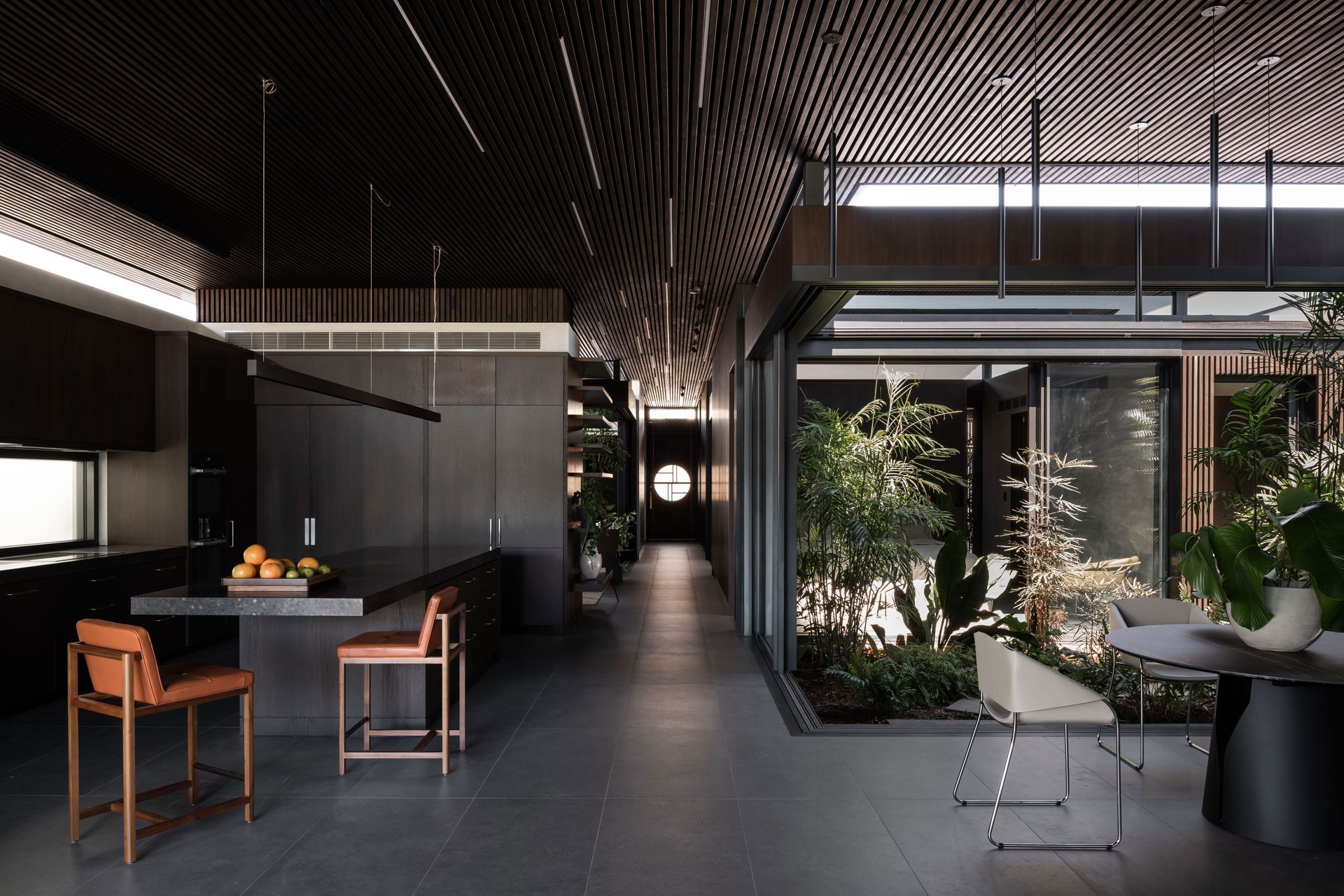
Be able to identify ‘bad bones’
Ruling out major structural issues is key to selecting a home with good bones. While strategic renovations can transform a house from drab to fab, certain structural defects are costly and time-consuming to fix. Look out for cracks in the foundation and masonry walls, rotting wood, water damage, termite damage and signs of mould as well as evidence of sagging in floors and rooflines.
To prevent any nasty surprises post-purchase, architect Suzanne Hunt recommends engaging a third-party building surveyor to prepare a report on the property. Your local Building Commission or Master Builders Association will be able to assist with this.
My motto is that it is better to be prepared than surprised after you purchase the house
“The report will ensure that you know the good, the bad, and the ugly of the house,” says Suzanne. “They will outline areas that need work and may be particularly costly.” Suzanne takes further precautions by personally checking inside the roof cavity for insulation above the ceiling and sisalation (sarking) under the roof sheeting above the rafters.
“These two elements make a huge difference when it comes to comfort and amenity in summer and winter,” Suzanne tells us. “My motto is that it is better to be prepared than surprised after you purchase the house.”
Look beyond cosmetic issues
Although mid-century modern has come back with a bang and even the formerly derided ’80s look is making a reappearance, there are certain decor elements that are simply off-putting for most prospective buyers. However, when viewing homes with renovation in mind, it’s essential to look beyond aesthetic shortcomings such as gaudy wallpaper, unappealing carpets, and outdated furniture. Instead, picture the house as a clean slate, with timber floorboards and white walls.
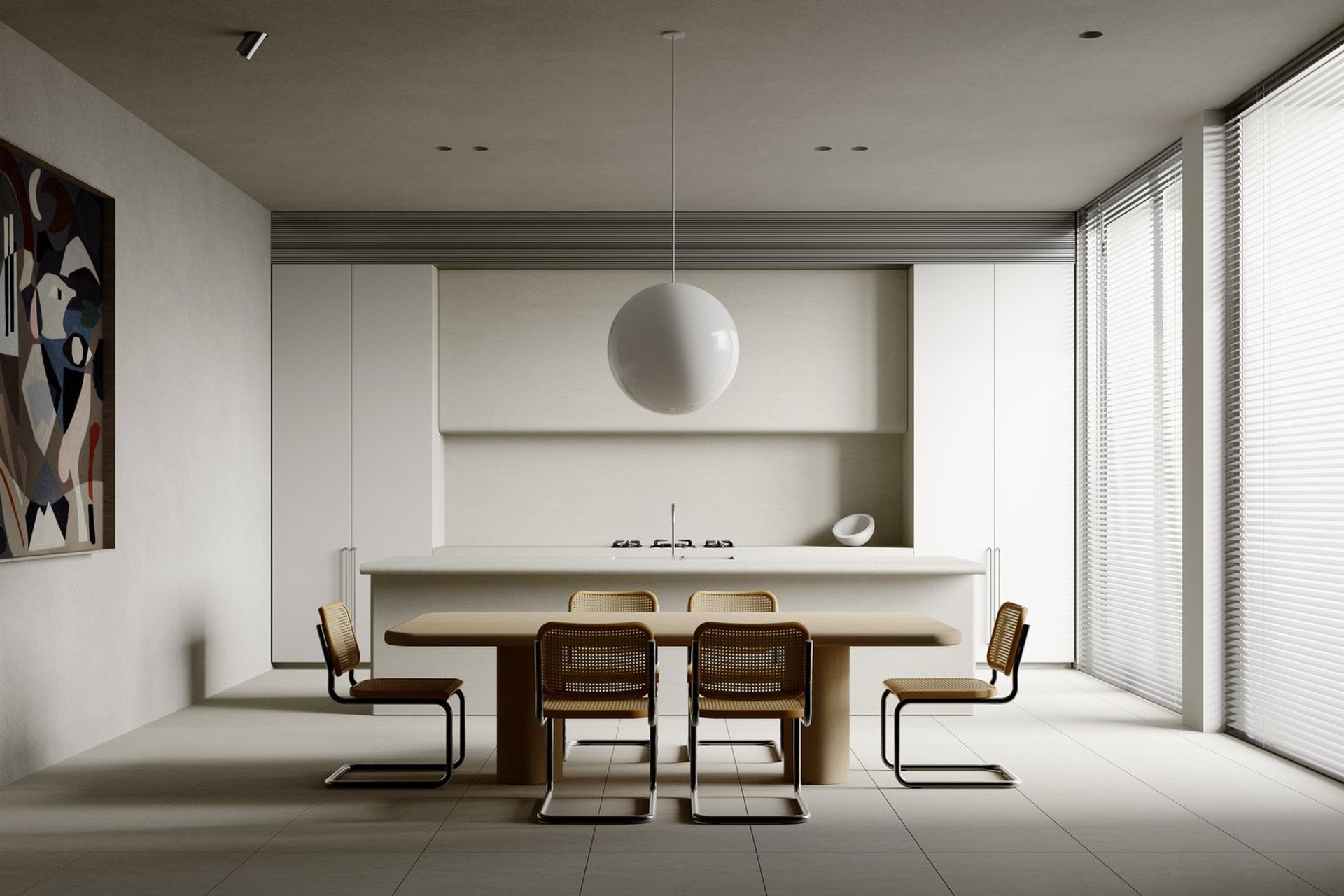
Construction and renovation potential
Even the best of plans can be waylaid by red tape and unexpected developments. Suzanne recommends speaking with your local council to check for zoning and future development plans; an essential to prevent your dream home from being boxed in by high-rise apartment blocks!
According to Robert Davidov, director at Davidov Architects, it’s crucial to understand how much of the home you are looking to change or extend. Additionally, consideration should be paid to access around the site for the construction works, as well as how the house was constructed if you’re looking to make structural changes or add another storey.
“The best first step is to reach out to an architect and develop a brief,” says Robert. “This can be a simple document that lists all the things you are looking for the house to achieve. With your brief in hand, you are able to review the existing house and prepare a master plan to determine what would need to be done, and how much it may cost. Getting this exercise done and done right is the key to a successful renovation.”
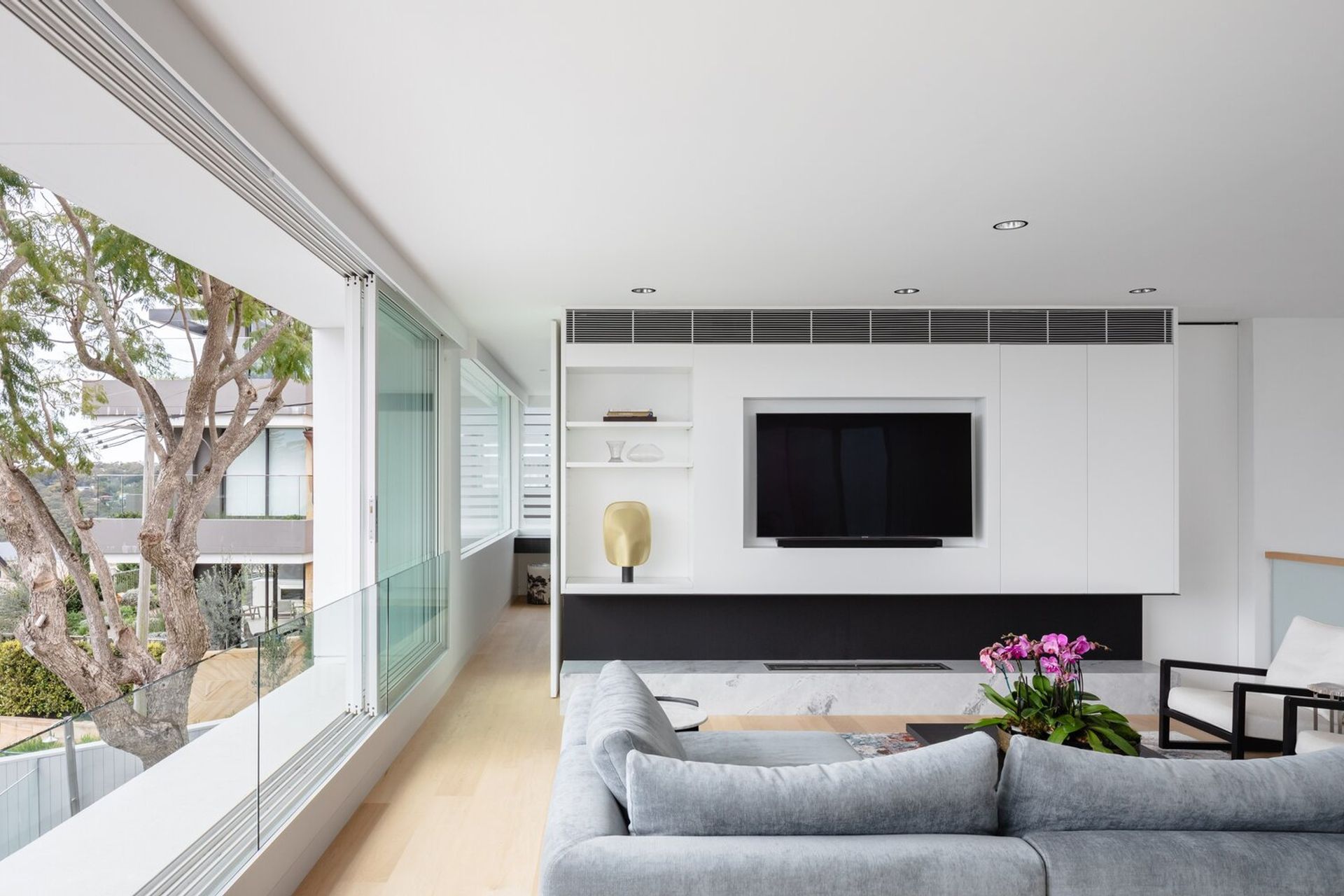
Layout, layout, layout
While the aphorism ‘location, location, location’ is a common refrain for real estate agents, when it comes to the house itself, it’s all about layout. The floor plan of a home is an essential consideration, with the flow and size of rooms, the way they are built, and the overall structure and layout impacting both the ease and expense of renovations.
“It's important to look at the existing layout of the home and figure out which spaces are of reasonable proportion and logical location, meaning they can be retained, and which spaces are not working, meaning they can be modified or demolished to prepare for the new works,” says Luke Carter, director at Sandbox Studio.
Pay careful attention to the placement of kitchens and bathrooms, as it can be difficult and costly to make plumbing and electrical changes.
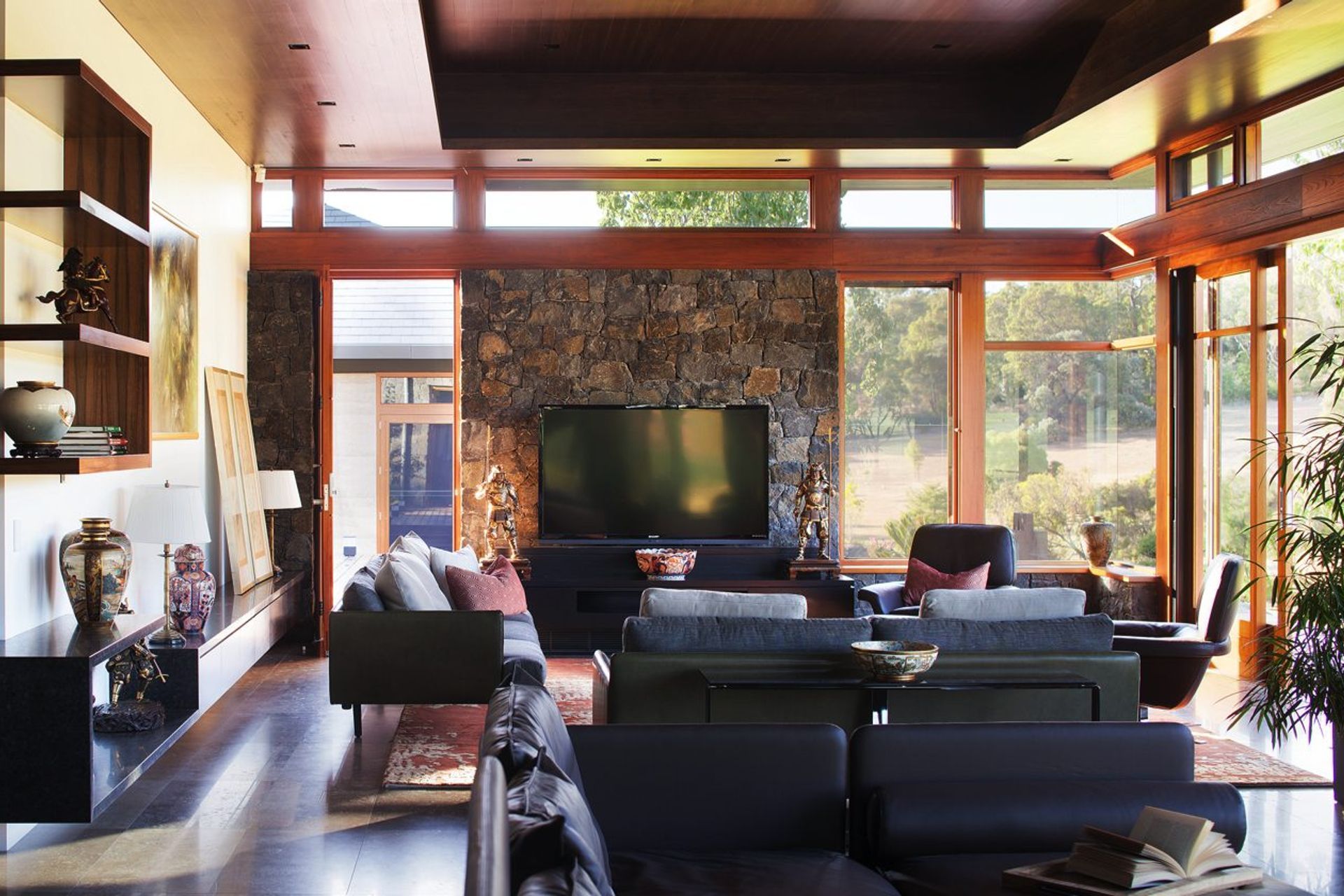
Ideal orientation
While renovations can work wonders in existing houses, some things can’t be changed. Namely, location and orientation. “I always look at the orientation of the house; how and where it sits on the block,” says Suzanne. “The best orientation in the southern hemisphere is north or east along the long axis or to the rear. This will ensure that the house is warm in winter with good access to the winter sun.
“In addition check to see if the house design has windows that capture cooling breezes and good crossflow through the house.”
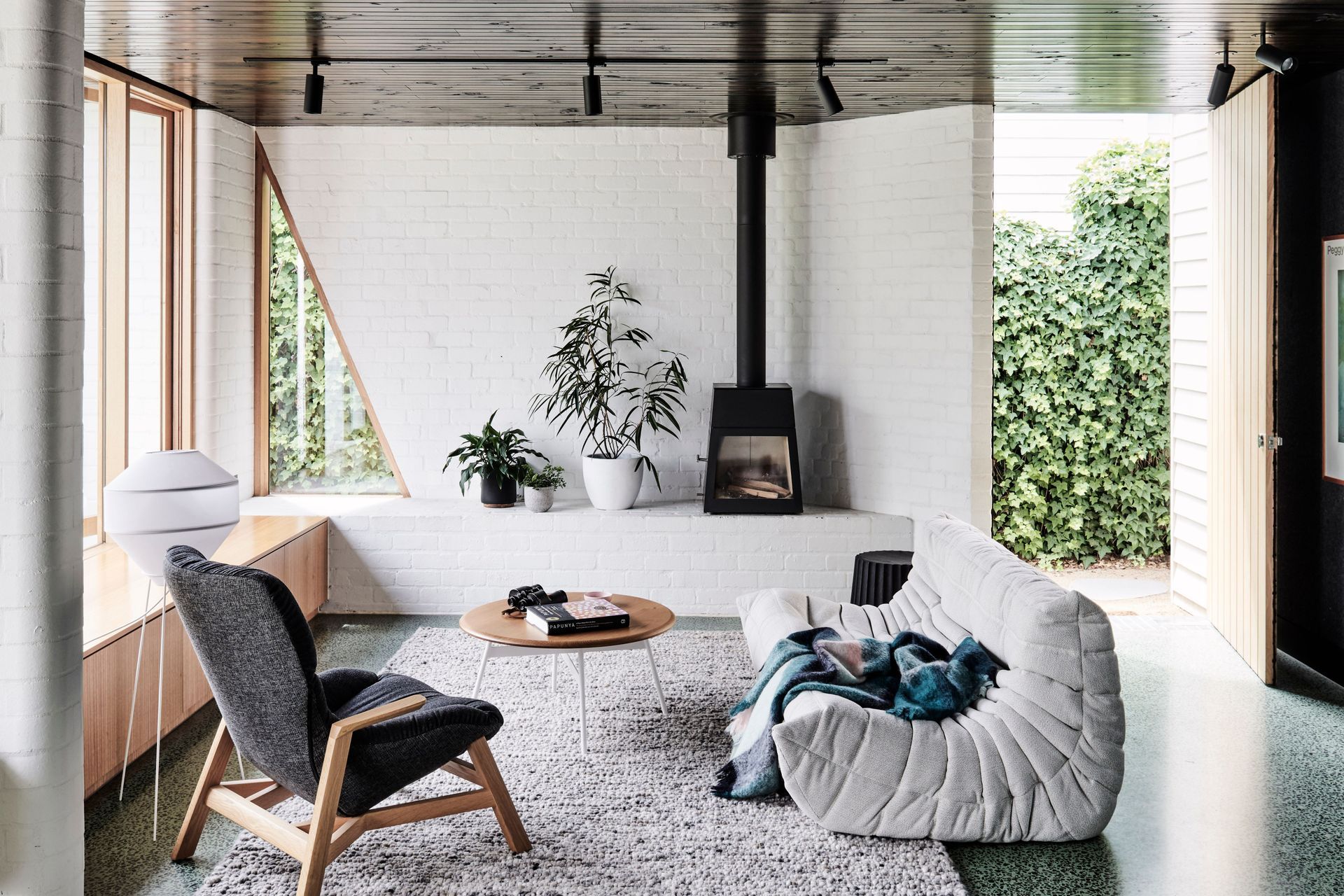
Natural light and large windows
One of the most coveted features in living and working spaces alike, natural light is a must-have in any home. Consider the orientation of the windows in the house; generally, north-facing windows let in more daylight than their south-facing counterparts, while windows facing east and west let in more morning and afternoon light, respectively.
Additionally, assess what the windows look out at; even the best-oriented windows may look out to a brick wall, rendering them unappealing. Large north-facing windows with unhindered views that let in ample natural light during the day are a good sign that a house may just need a refresh to take it to the next level.

Original is (often) best
“Contrary to some people’s understanding, we think the more original condition the home is in the better,” says Kristin Utz, director at Utz Sanby Architects. “It is definitely more expensive to re-invent someone else’s cheaper but more recent renovation than to work with an intact, older building.”
While a solid foundation and structure are key indicators of the longevity of a home, good bones can also pertain to character and charm. Not to be confused with finishes that can be installed and don’t affect the underlying structure and bones of a home, original features such as original cut-out details, ornate architectural trimmings, high ceilings, and floor-to-ceiling windows contribute to the character of a home.
These can add personality and charm to traditional and contemporary renovations if kept intact. Kirsten also notes that the quality of the interior finishes, joinery, doors, and windows is often indicative of the overall quality of the original build.
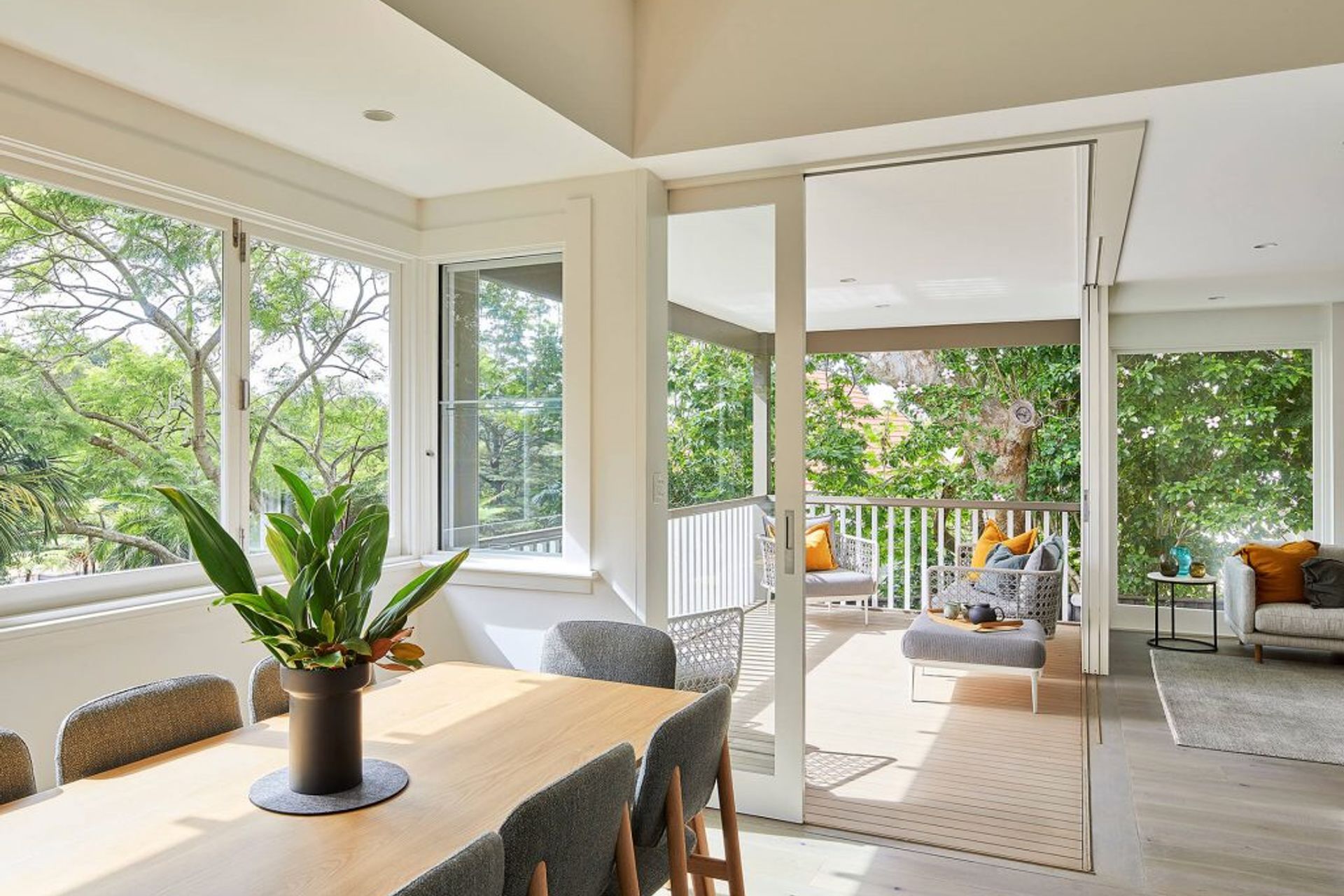
Peter Knights, director at Taylor Knights Architecture echoes this sentiment. “Good bones are defined by the level of craftsmanship embedded in the project,” says Peter. “We like to acknowledge the special elements and details as they tell a story and celebrate the building’s history.
“These moments are often the catalyst for creating a contemporary extension that speaks to its past, while helping to form a harmonious connection to the present.”
Ready to kickstart your renovation process? Find the right architect for your next project on ArchiPro.